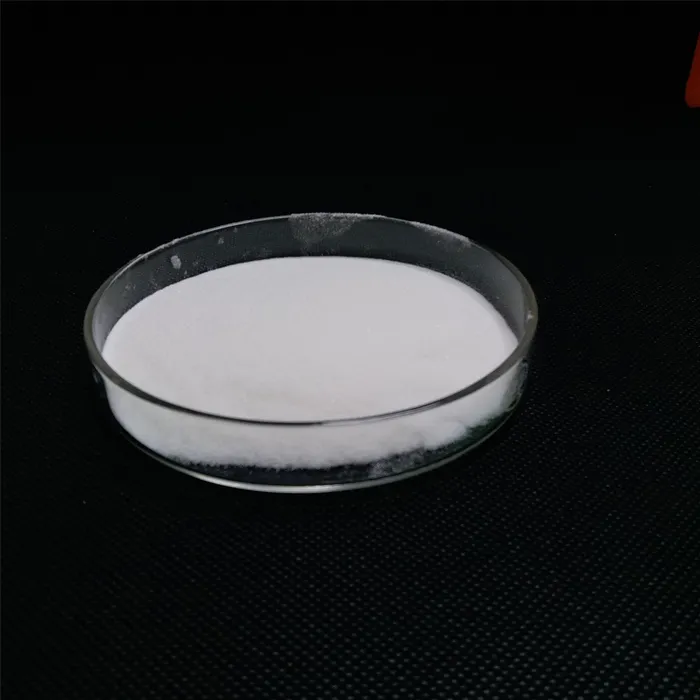Ammonium Thiocyanate Properties, Applications, and Safety Considerations
Ammonium thiocyanate, with the chemical formula NH4SCN, is a versatile compound that plays a significant role in various chemical applications. As the ammonium salt of thiocyanic acid, this white crystalline solid is soluble in water and has a variety of uses in both industrial and laboratory settings. Understanding its properties, applications, and safety considerations is essential for those who work with this compound.
Properties of Ammonium Thiocyanate
Ammonium thiocyanate is characterized by its hygroscopic nature, meaning it can absorb moisture from the air. This compound has a melting point of about 150 °C (302 °F) and decomposes upon heating, releasing sulfur compounds and ammonia. Its solubility in water makes it an ideal candidate for various chemical reactions and processes. In solution, ammonium thiocyanate dissociates into ammonium ions (NH4+) and thiocyanate ions (SCN−), which can engage in further chemical interactions.
One of the remarkable properties of ammonium thiocyanate is its ability to form complexes with various metal ions, which is useful in analytical chemistry. The thiocyanate ion, in particular, is known for its ability to form colored complexes with transition metals, leading to its use in qualitative analysis to detect the presence of such ions.
Applications of Ammonium Thiocyanate
Ammonium thiocyanate finds applications in numerous fields. In the agricultural sector, it is used as a nitrogen source in fertilizers, promoting plant growth and enhancing soil quality. It also plays a role in the synthesis of various thiocyanate compounds, which are crucial in the production of pesticides and herbicides.
ammonium thiocyanate

In the laboratory, ammonium thiocyanate is widely used in analytical chemistry as a reagent for the detection of metal ions. Its ability to form colored complexes with metal ions like iron, cobalt, and nickel allows for precise titrations and qualitative tests. Additionally, it is employed in the preparation of other chemicals used in research and industrial processes.
Furthermore, ammonium thiocyanate has applications in the production of certain types of plastics and in the textile industry for dyeing processes. Its properties as a solvent and reactivity with other compounds also make it valuable in processing certain materials.
Safety Considerations
While ammonium thiocyanate is generally considered to be of low toxicity, it should still be handled with care. Inhalation or ingestion can lead to harmful effects, and it is essential to wear appropriate personal protective equipment (PPE), such as gloves and safety goggles, when working with this compound. Prolonged exposure can lead to irritation of the respiratory tract, skin, and eyes.
Furthermore, as with any chemical, it is crucial to follow local regulations and guidelines concerning its disposal. Ammonium thiocyanate should not be released into the environment without proper treatment, as its degradation products can be harmful to aquatic life.
In conclusion, ammonium thiocyanate is a compound of great importance across multiple industries, from agriculture to analytical chemistry. Its unique properties and versatility allow it to serve a variety of functions, making it a valuable asset in both research and commercial applications. However, safety should always be a priority when handling this chemical to ensure both personal and environmental protection.

